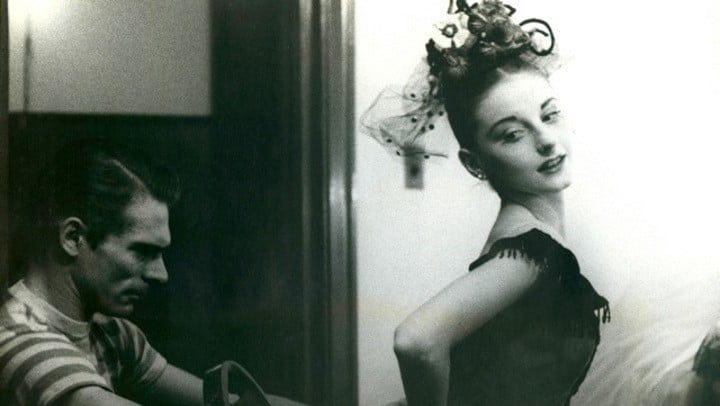‘Afternoon of a Faun’ Review

Afternoon of a Faun begins with, well, “Afternoon of a Faun.” Nancy Buirski’s new biographical documentary on famed ballerina Tanaquil Le Clercq opens with a performance of Claude Debussy’s famous tone poem, choreographed by Jerome Robbins and danced by Le Clercq and Jacques d’Amboise. The two performers are very simply dressed and they dance in a studi…
Keep reading with a 7-day free trial
Subscribe to Nonfics to keep reading this post and get 7 days of free access to the full post archives.



